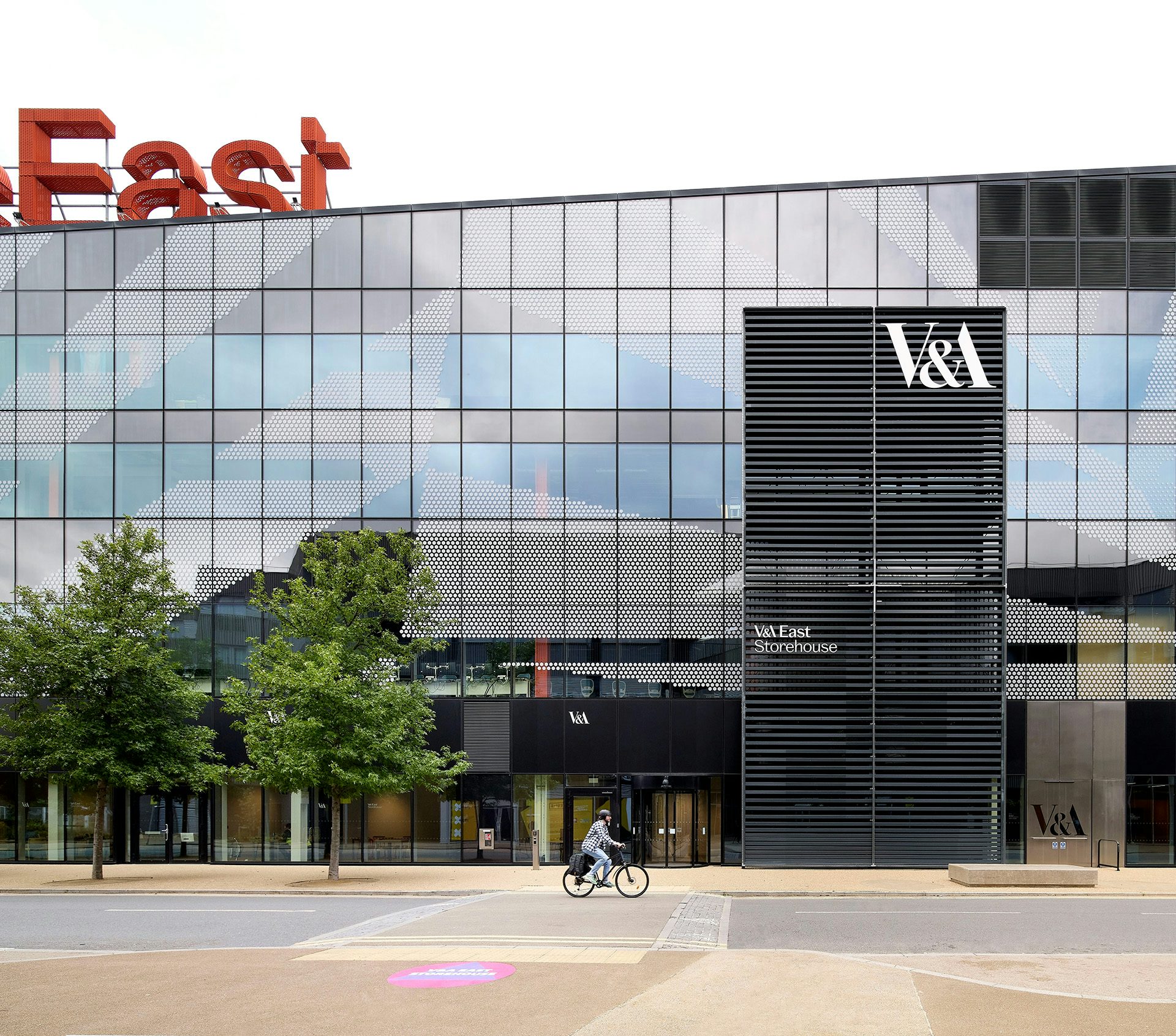Inside V&A East Storehouse’s spectacular mission
The museum’s new east London outpost allows visitors to get up close and personal with its enormous “collection of collections”. We explore the challenges and triumphs of its ambitions to redesign what an institution can be
In recent years, in an apparent bid to redress issues around access to the art world, museums and galleries have promised to reimagine institutional frameworks and curatorial methodologies, making lofty pledges about openness and democracy. Few seem to have launched into the challenge quite as fervently as the V&A, whose new Storehouse space is, like its mission, remarkable in scale.
Born from a need to rehouse its growing collection (previously stored in facilities elsewhere in London and Wiltshire), the V&A discovered an opportunity when conceiving of its new Storehouse in east London, converted from the old broadcasting centre used for the London 2012 Olympics. What if, besides serving a practical function as a working storage facility, it could invite people to experience the inner workings of an institution? This is why a substantial portion of its new 16,000 square-metre, multi-storey space, home to 250,000 objects, is now accessible to the public.
“The V&A’s collection is eclectic in the first place. Where else would you encounter suits of armour, stage cloths, biscuit tins, building fragments, puppets, thimbles, chandeliers, motorcycles, in one place next to each other?” says Elizabeth Diller, a partner at Diller, Scofidio + Renfro, the New York-based practice that led the redesign. “The collection is unusually eclectic, but also vast. It’s a collection of collections. And the prospect of organising the V&A’s storage raised the question: how do we celebrate the heterogeneity of the V&A’s collection as well as its vastness?





